Find Guidance On Recovering Access To A Lost Bitcoin Wallet
Bitcoin ownership is tied directly to access. Unlike banks or credit cards, there’s no customer service hotline or reset button when something goes wrong. If someone loses access to their wallet, their funds may become permanently unreachable.
That’s why wallet access matters so much. Whether the wallet is a software app, a hardware device, or a written seed phrase, each method holds the keys to digital value. Without them, the blockchain can’t verify ownership or authorize transactions.
Even seasoned users can make mistakes. Phones break, passwords are forgotten, or backup phrases are misplaced. When this happens, the outcome depends on how well the wallet was secured ahead of time. Preparedness makes the difference between recovery and loss.
Identifying the Type of Wallet You Lost
Before taking any recovery steps, it’s important to understand what kind of wallet you were using. Not all wallets function the same way, and each has its own recovery process. Some are tied to apps, while others rely only on handwritten phrases.
Software wallets, such as mobile apps or desktop clients, usually come with a recovery phrase or password backup option. If you’ve lost access to the device but still have your recovery seed, there’s a good chance of getting everything back.
Hardware wallets, like USB-style devices, require physical possession. If it’s lost or broken, the recovery phrase becomes critical. Paper wallets and brain wallets depend heavily on written or memorized data. Knowing which type you had points the way forward.
Using a Backup Seed Phrase for Restoration
The 12- or 24-word seed phrase is your wallet’s lifeline. When first setting up a wallet, users are urged to write this phrase down and store it safely. If access is lost, entering this phrase into any compatible wallet can restore the funds and history.
To restore, download the same wallet app or choose another that supports BIP39—a common standard for seed phrases. Input the words in the correct order, and your balance and transaction records will reappear. The blockchain doesn’t hold the phrase, but the keys it unlocks match what’s recorded.
If the phrase was never written down or is only partially remembered, recovery becomes far more difficult. Unfortunately, there’s no way to bypass it. The phrase isn’t stored by the developer, so even contacting support won’t help without it.
Recovering Access to Software Wallets with Passwords
Some software wallets use passwords or PINs to protect the interface. If you still have access to the device but can’t remember the password, check if the wallet offers a recovery method. Some apps allow reset through email confirmation—only if you’ve linked your account.
Wallets that use encryption to lock private keys won’t let you in without the password. If you saved the seed phrase during setup, you can reinstall the app and import the wallet using the phrase. This bypasses the forgotten PIN.
If both the password and seed phrase are lost, recovery may be impossible. In these cases, checking for saved backups, password managers, or browser autofill might help. Sometimes a hint or muscle memory can lead back to the correct password.
Handling Lost or Damaged Hardware Wallets
Physical wallets, like those made by Ledger or Trezor, rely on both the device and the seed phrase. If your hardware wallet is lost or damaged, the phrase is the key to restoration. Most wallet companies guide users through this process.
To recover funds, set up a new device or use a software wallet that supports recovery phrases. During setup, choose the “restore” option and enter the saved words. The new wallet will pull your Bitcoin data from the blockchain, not the original device.
Some users panic when they lose the hardware device, thinking the funds are gone. But the device holds no coins—only the keys to access them. As long as the recovery phrase is safe, the funds remain retrievable.
What to Do If You Lose Your Recovery Phrase
Losing the recovery phrase is one of the most serious setbacks in Bitcoin management. Without it, no tool or service can regenerate access to the wallet. The blockchain enforces security without exceptions, which is part of Bitcoin’s design.
If you suspect the phrase is only misplaced, search all possible hiding spots. People often stash it in books, safes, or encrypted digital files. Retracing your setup steps may spark a memory. It helps to recall if you used a password manager, took a photo, or stored it online.
When the phrase is truly gone, the funds are effectively frozen. They still exist on the blockchain but are unreachable. Many coins are lost this way, contributing to Bitcoin’s limited supply. It’s a tough reality, but it highlights why backups are vital.
Exploring Professional Wallet Recovery Services
For those who’ve lost passwords or partially remember their recovery phrases, there are expert services that offer help. These teams use custom scripts and advanced techniques to guess missing parts or recover from damaged files.
Wallet recovery services should be chosen carefully. Look for companies with proven histories, transparent practices, and reviews from real users. They may require detailed wallet information, like wallet type, last known balance, or partial phrases.
These services don’t promise miracles. If too much information is missing, they won’t succeed. But in edge cases—such as corrupted files or a forgotten few words—they’ve helped people reclaim what once seemed lost for good.
Avoiding Scams When Seeking Help
Losing access makes people vulnerable, and scammers take advantage. Be cautious of anyone who promises guaranteed recovery or asks for upfront fees without proof of legitimacy. Real wallet recovery teams operate with transparency and written agreements.
Never share your full recovery phrase with a stranger online. If someone gains access to that phrase, they can take the funds instantly. Even partial phrases should be handled with care. Any serious recovery provider will work through secure channels.
If you ask for help in forums or online groups, avoid giving away specific wallet details. Scammers often pose as friendly users, then follow up with phishing links. Staying cautious protects you from making a bad situation worse.
Preparing for Future Wallet Emergencies
Losing a wallet can be a wake-up call. For those who regain access, it’s a good time to rethink their security. Creating multiple backups of your seed phrase and storing them in different secure locations makes a big difference.
Use fireproof safes, password managers, or metal plates designed for crypto backups. Avoid storing the phrase digitally in plain text or email. Consider using a trusted family member or legal service to hold a copy in case something happens to you.
Updating your plan as your holdings grow is wise. What works for a small amount may not be enough for a larger investment. A clear backup strategy, written instructions, and secure habits protect your assets for years to come.
Regaining Access Requires Patience and Planning
Losing access to a Bitcoin wallet feels overwhelming, especially when value is on the line. But recovery is often possible—if the right tools and information are available. Whether it’s a forgotten password or a broken device, step-by-step recovery methods do exist.
What matters most is how you prepare before a loss. The best chance of recovery comes from strong habits: saving seed phrases securely, recording passwords, and using wallets with clear backup features. Recovery isn’t always guaranteed, but good planning improves the odds.
In the end, wallets are more than apps or devices—they’re the bridge to your Bitcoin. Treat them with care, build a strong safety net, and stay calm if problems arise. With the right approach, many lost wallets can find their way back home.

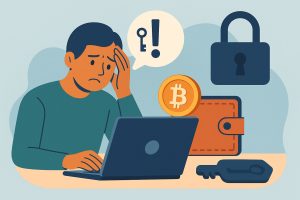
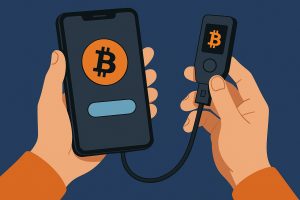
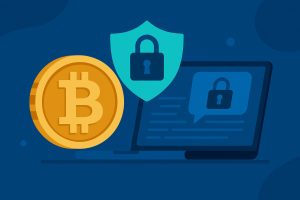
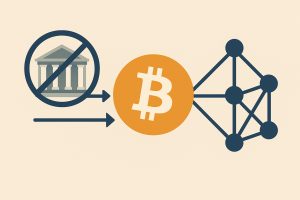

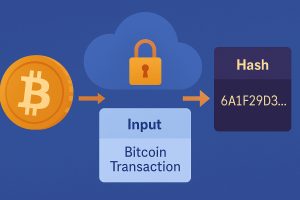



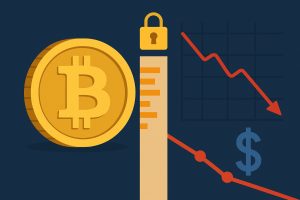
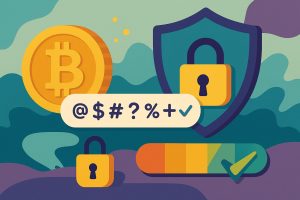

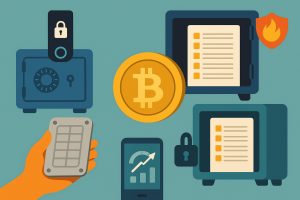


No Responses